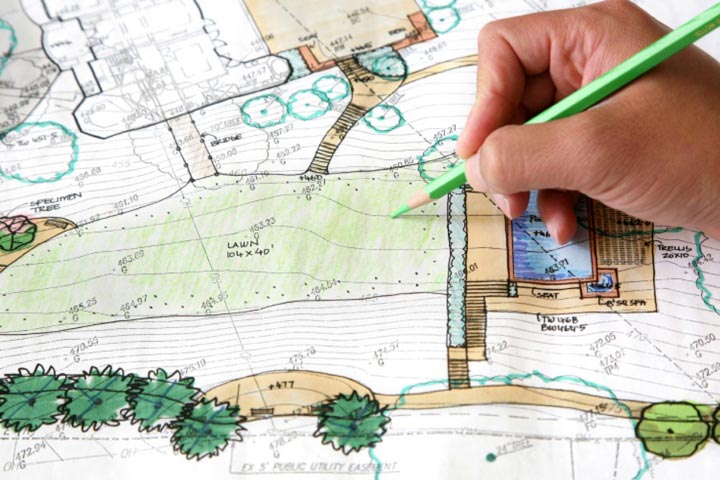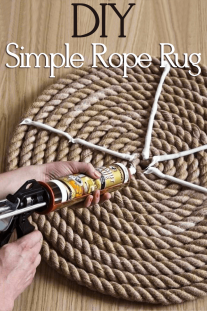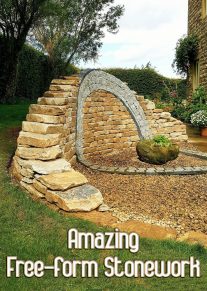
Tips How to Draw a Landscape Map
Before you design or improve your landscape, the first step is to inventory what you have. The best way to do that is to draw a base map of the site, accurately recording the size and location of permanent features.
TOOLS
- compass
- protractor or steel carpenter’s square
- ruler
- tape measure, at least 50 feet
- mallet to drive stakes
MATERIALS
- notepad or paper, at least 8 1/2 by 11 inches
- wooden stakes and string
- masking tape
- pencil and eraser
- graph paper, 11 x 14 inches or larger, 1/4 inch grid
- tracing paper, available in rolls
Draw a Rough Map
On a large notepad, sketch out your yard, including buildings, large trees and shrubs, property lines, fences, utility lines, paved areas, patios, pools and other permanent features. Don’t worry about accuracy yet. Using a compass, find the direction of north and mark it on the map.
Measure Permanent Objects
Measure the features, such as house and pool dimensions, tree drip lines, spreads of shrubs and lengths of fences. Add the measurements to the rough map. Also measure and locate windows and doors, as well as outside faucets, lights and electrical receptacles.
Establish Accurate Locations
Using stakes and string, mark a straight line along a property boundary, starting at one corner. Keeping the tape measure at a 90-degree angle from the boundary, measure the distance from the boundary to the nearest corners of the house, trees and other objects on your map. Measure from other boundaries too to confirm accuracy.
Transfer Measurements to Graph Paper
With a ruler and pencil, transfer your measurements accurately to graph paper. Use 1 inch to represent 4 feet for small yards, 1 inch to 20 feet for larger sites.
Make Tracing Paper Overlays
Tape the base map to a table or board. Lay sheets of tracing paper over it and make additional maps, each with a different theme, such as sun and shade patterns, slopes, views, gardens and traffic patterns. Each map becomes a layer that adds detail to the base map but remains separate for clarity.
Pro Tip Use tracing paper overlays and a soft pencil to sketch new landscape ideas and plans over your base map. Start with loose scribbles and add accuracy as your plans take shape. Make small circles, called registration marks, in the corners of your base map. So that the base map and overlays can be accurately aligned, add corresponding marks on each sheet of tracing paper.





Leave a Reply